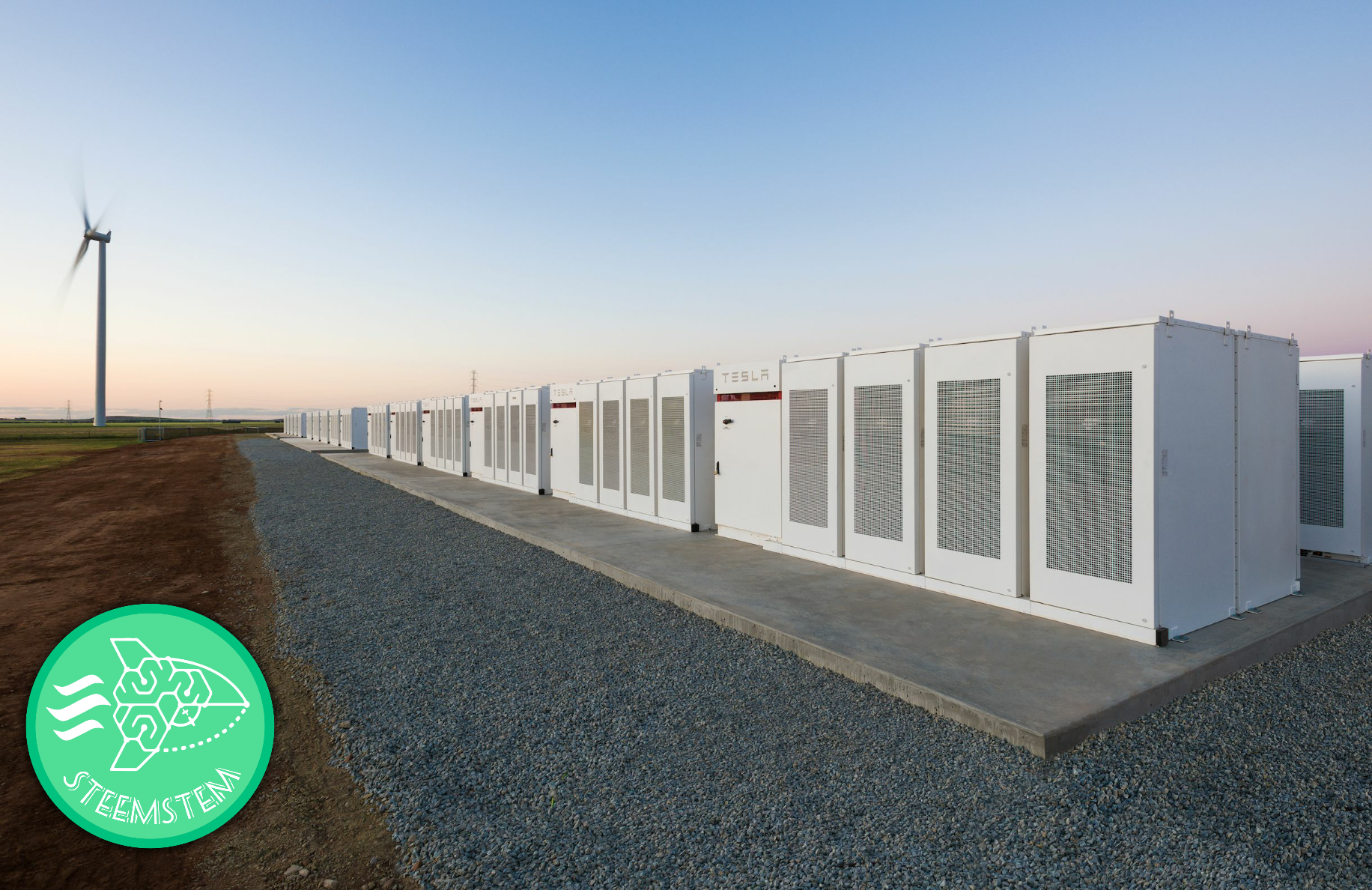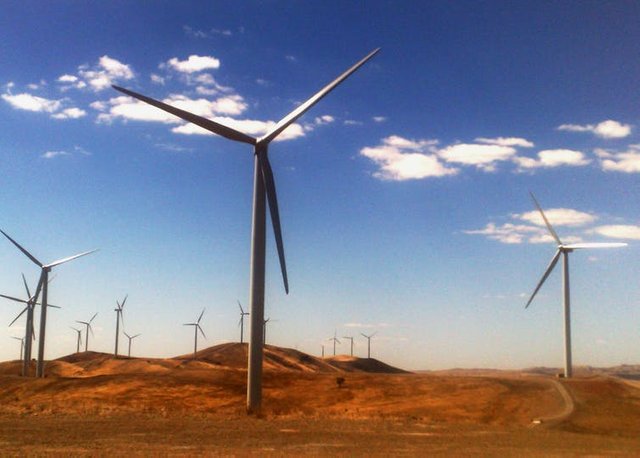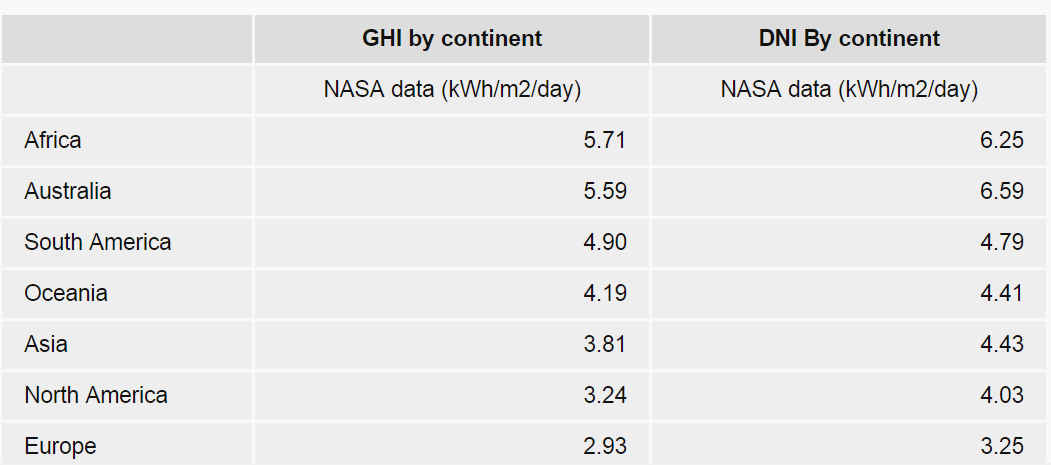Tesla Biggest Battery in history of Renewable Energy Switched On in South Australia
There has been this buzz in the renewable energy community about Tesla's Gigantic Battery Capacity plant in South Australia especially his big promise, in March, to deliver the $50m project in 100 days or it would be free. This was in response to Australian entrepreneur (and fellow billionaire) Mike Cannon-Brookes on “how serious” he was about the offer.
Replying to @mcannonbrookes
Tesla will get the system installed and working 100 days from contract signature or it is free. That serious enough for you?
6:50 pm - 9 Mar 2017
Source
The project was officially kicked off by September 29, 2017, and on Dec. 1, 2017, it was switched on making Elon Musk $50m richer as he had beat his 100 days deadline.

Source: Tesla's World's Biggest Battery Powerpacks in Australia
It is thought to be costing taxpayers about $50m and forms part of the state government’s $550m energy plan.This was in response to the South Australia's irregular power which regularly throws its 1.7m citizen in blackouts.
Size of The Project
The project was already dubbed the biggest attempt on renewable energy supply in this 21st century. The battery is the size of a regular American football field. It is a 100 Mega Watt(MW) Tesla battery storage system that is capable of temporarily powering 30,000 homes in the event of a blackout; since it has a capability of up to 129 megawatt-hours(MWh) of electricity. Talk about a humongous uninterruptible power supply!
It is not a single battery as many may erroneously think. It is made up of a scalable connection of battery power packs.
Major Specification of 100MW System
AC Voltage
380-480V 3-Phase
Size
Batteries
Length: 1,308 mm (51.5")
Width: 822 mm (32.4")
Height: 2,185 mm (86") about 7 feet
1622 kg (3575 lbs)
Industrial Inverters
Length: 1,014 mm (39.9")
Width: 1254 mm (49.4")
Height: 2192 mm (86.3")
Weight: 1200 kg (2650 lbs)
Energy Capacity Per Powerpack
Capacity210 kWh (AC)
Battery Type
Lithium-ion battery
Depth of discharge
100% (No surprises here since the battery is a lithium-ion type. Discharging to 100% on a lead-acid battery would result in either total damage or reduced efficiency)
This is a scalable system meaning that it could be used to power either a small business or a large corporation. It could serve also as a backup system to the public utility.
Australia Built For Renewable
This system is just to simply store energy and not an energy generator in itself. The energy is from the windmill farm of Hornsdale Wind Farm, comprising of 99 windmills on the town of Jamestown in South Australia.

Source:A wind farm near Burra, South Australia. AAP Image/Angela Harper
This is in addition to other renewable sources of energy embarked upon by the South Australians
South Australians have also invested big in rooftop solar. The state is taking serious strides to both become independent of fossil fuels and create a much more stable grid. Between household solar panels, a robust wind farm, diesel-powered turbines, and this mega-battery, the state is well on its way to achieving these goals.
Source
Looking at some data comparing the solar production of the continent against other continents below.
.png)
Source: Direct Normal Irradiance (DNI) and Global Horizontal Irradiation of different continents
Solar coverage is measured using the Global Horizontal Irradiation (GHI) and Direct Normal Irradiance (DNI).
GHI: Sun's radiation that is gotten by stationary horizontal surfaces such as that from a solar panel mounted on the rooftops of residential buildings.
DNI:Radiation collected by solar tracking devices that continuously follow the sun's radiation movement throughout the day.
GHI and DNI can be expressed in kilowatt-hours per square meter per day (kWh/m2/day), which is the average amount of solar energy gotten in one square meter every day.
Africa is the only continent relative close to Australia in solar irradiance coverage. That explains their numerous solar-based/renewable projects.
I can only hope Africa follows suit and implement some big projects like this Tesla humongous battery project following the dearth of power availability bedeviling many countries in the continent.
Thanks a lot for the support, truly appreciates that.
How I wish we can have this kind of projects done in Nigeria. The positive impact would be so great. Power supply would be improved, jobs would be created. Knowledge would be disseminated. I wish we can have this.
Great post. I'm sure it took a lot of time.
That is very correct, if we could replicate this in at least a city to see how it pans out that would just be great. We have the solar irradiance capacity. Thanks a lot.
When looking at Power Ledger and what they are trying to accomplish you ask yourself where would they fit into the puzzle that is Elon Musk. For instance: Elon Musk dreams to colonise Mars his ultimate challenge, however with this ambition he needs some key factors to fall into place before it could eventuate.
These key factors would be a
self sustainable energy system run on solar energy (Power Ledger)
a low energy un hackable and secure perfect working system that can scale, communicate with machines and technologies, link devices and basically run itself ( Iota)
obviously the machines and devices themselves (Tesla etc)
a supercomputer to be the brain of the system( Golem)
public approval ( so it will have to be tested first in just say Australia’s dessert and solar climate)
It might be me but these projects that have already began to spring up through ICO funding cryptos seem to fit into a puzzle that are endorsed by all the billionaires that have changed the world for the future such as Elon Musk, Bill Gates, Richard Branson and so on. Either this club of elites has already began turning the wheels or they need to catch up for a beer. 🍻
The revolution had just begun, and I am happy we are experiencing it in this century. The next 100 years would definitely be full of surprises at the level of technological innovation to be unleashed would just surpass everyone's expectations. Thank you for your pretty detailed reply.
I think instead of building huge power plants governments (especially Australia) should simply install solar panels on every building. The point should be to make each structure completely energy independent. This way you can't have blackouts btw
I understand where you are coming from, but I think that won't be cost effective and managing it would be a nightmare.
I think it would be simpler to manage actually, no energy system to maintain. And I think it's more cost effective too because you don't have to keep paying for electricity.
They'd pay for this and I guess if they are to distribute to everyone the cost may be so much the citizens may object. Also this is not going to serve as their primary source of supply, rather like a secondary backup in the event of a failure in the main grid.
In the long run, if you have a company that owns the means of power production, everyone has to pay to keep that company in business. Even if it's a solar power plant that once build produces consistent free energy, you'll forever pay the owners of it for its uses.
But if power production is local, you only pay for upfront installation costs and then you're done. Governments already give some monetary incentive for going solar, sometimes they do at least.
And I think if we combine, say, solar panels and photovoltaic paints and wind power into a building, it would be able to power it. Of course every structure has different energy needs and has different energy production potentials.
I think if they are to individually install solar in every home, the application won't work for all as @bashadow rightly pointed out. Some areas that need power may not be solar or windmill compatible.
True. But there is also the potential of geothermal power, and others. We have the means nowadays to build roads that generate solar power or that generate power from cars driving over them. We have many options for local energy production, we no longer need a system of power plants. Everything can be local and free, take the corporations out of it. And yes, take away the jobs too. We should seek to free ourselves from needing to work to produce electricity. It should be a human right, not a luxury to be paid for.
I like your stance on an utopian system of sustenance. It speaks volume of your passion to be free from the corporate world's business where it is all about profit. But I personally think that such a society may not work in our present day society due to the foundation of it was built to work this current way. To be able to have this type of thing work would require no less than a revolution. Thanks for your continuous input to this topic. I'm very passionate about renewable energy so I can totally relate with you.
I can see you now concur with my stance on cost-benefit analysis of projects of this nature so as to ensure that value for money is produced. Good job @greenrun
@solomonogene, I have never opposed the stance on cost-benefit analysis of any renewable project since you cannot be running a system that was supposed to efficient inefficiently.
A very good article. I read all the comments that were posted just prior to my commenting. One thing people forget about local, rooftop power is that not everybody has a roof top, not every roof top is of sufficient size to poser all the electrical needs of an individual, business, or institutional facility (think hospital). There will for the near seeable future always be a need for centralized power and power distribution network.
You are very correct on that. Not everyone has a space to have a solar installed. Some live in shaded areas making installation of solar not feasible.
Solar inverters are making waves.... Australia is a country to model after indeed. Great article.
Your post has been resteemed to my 2500 followers
Upvote this comment if you like this service
Thanks a lot. I appreciate this magnanimity.
Very good friend
Disclaimer: I am just a bot trying to be helpful.